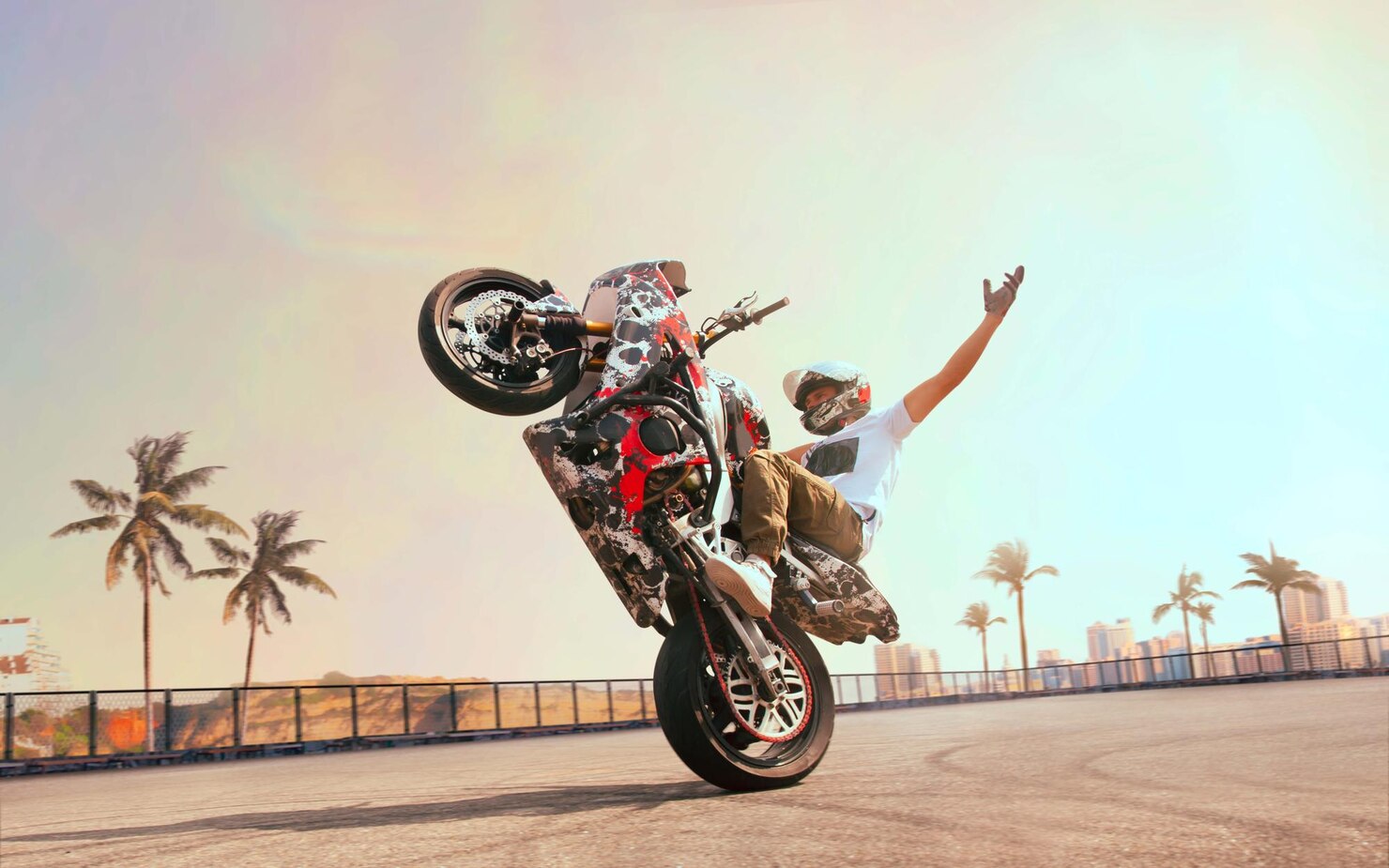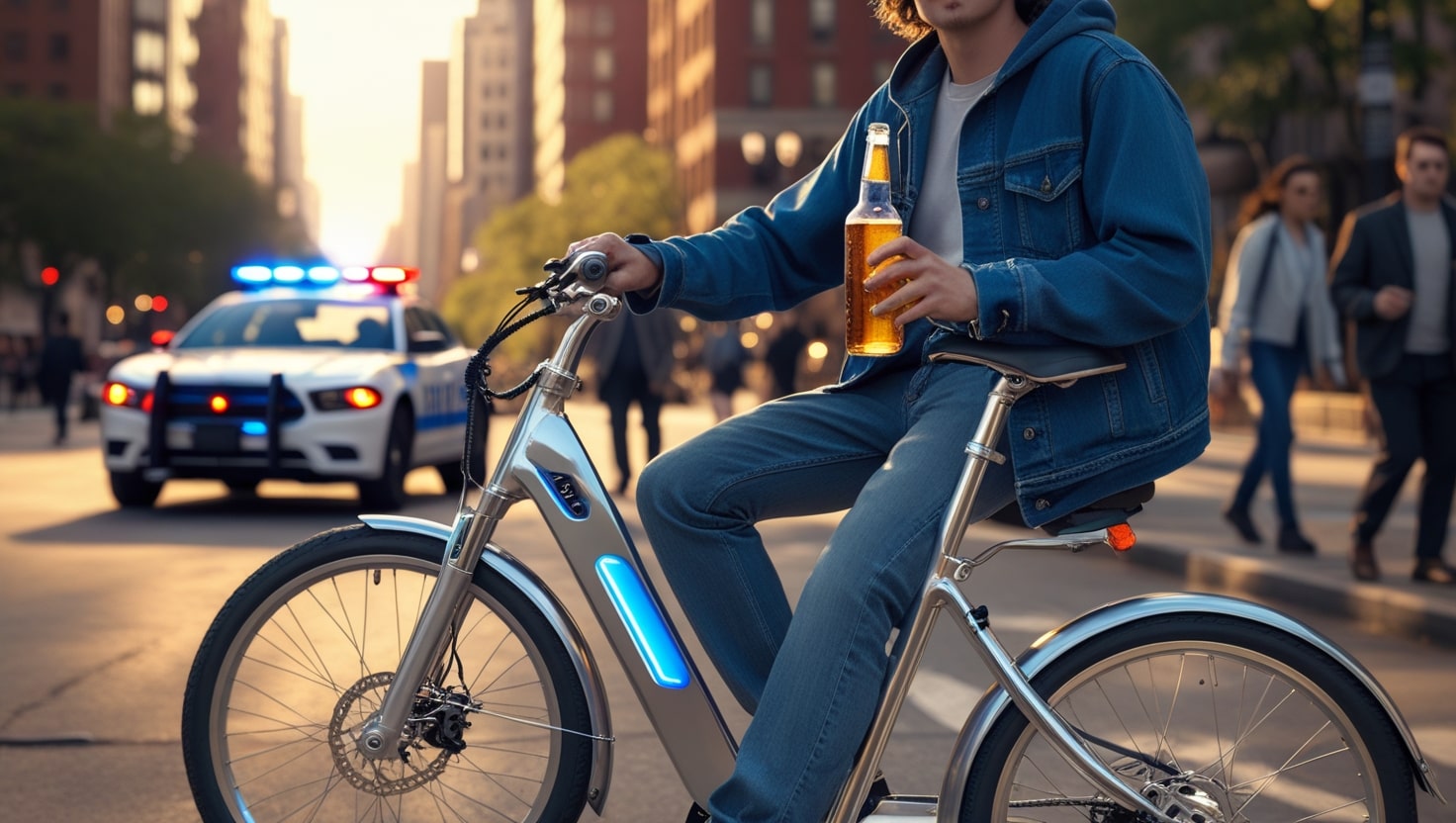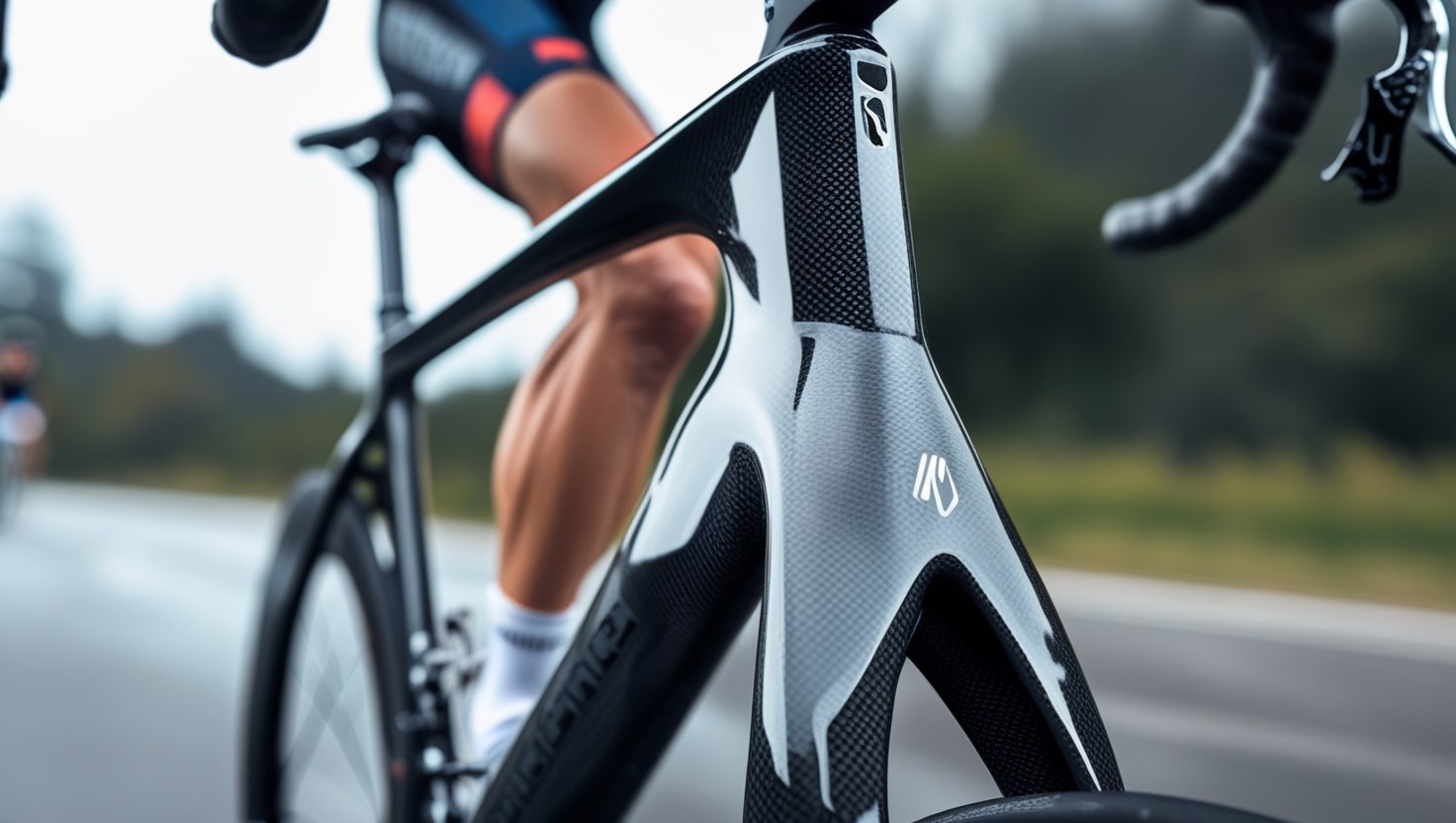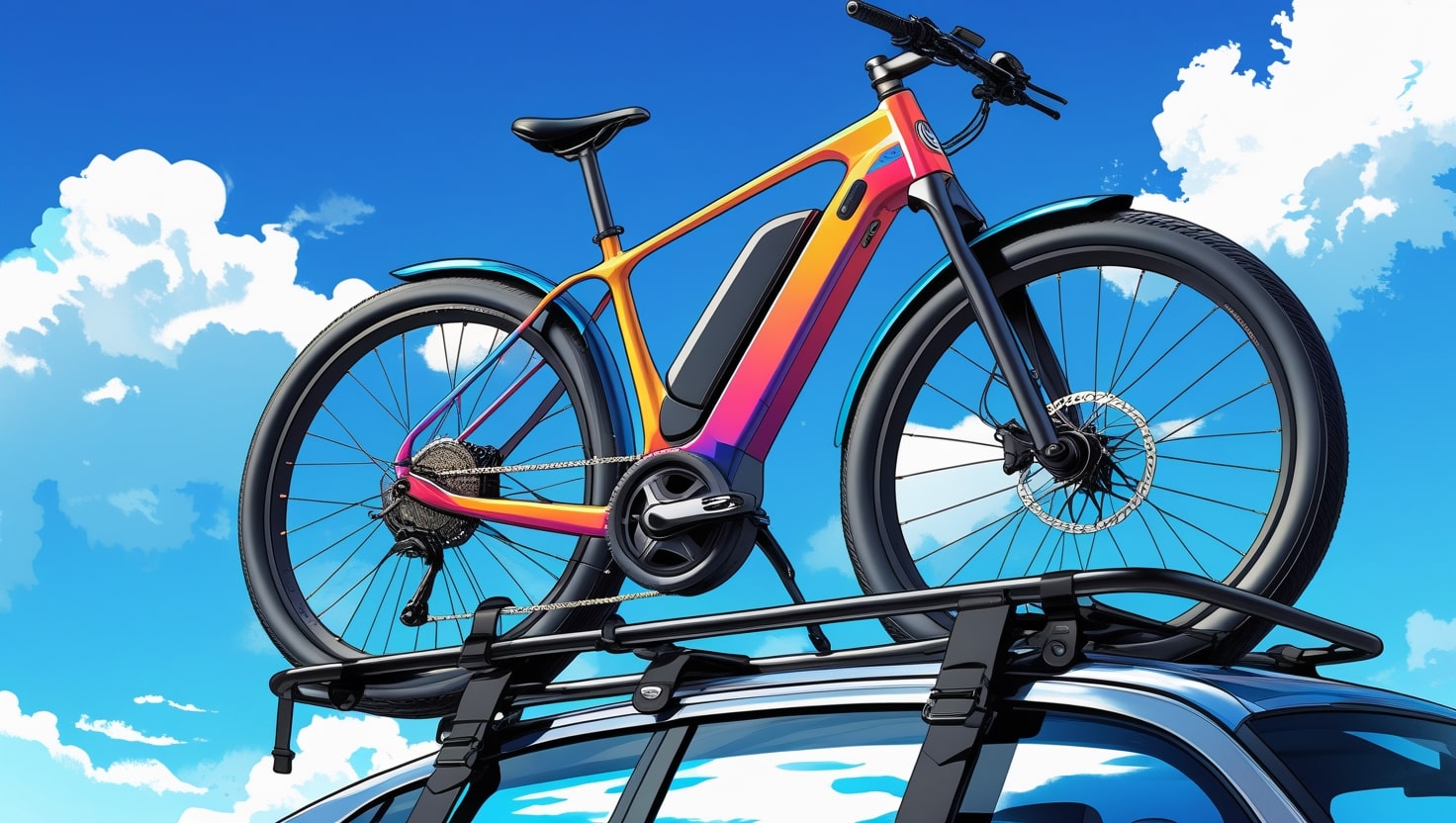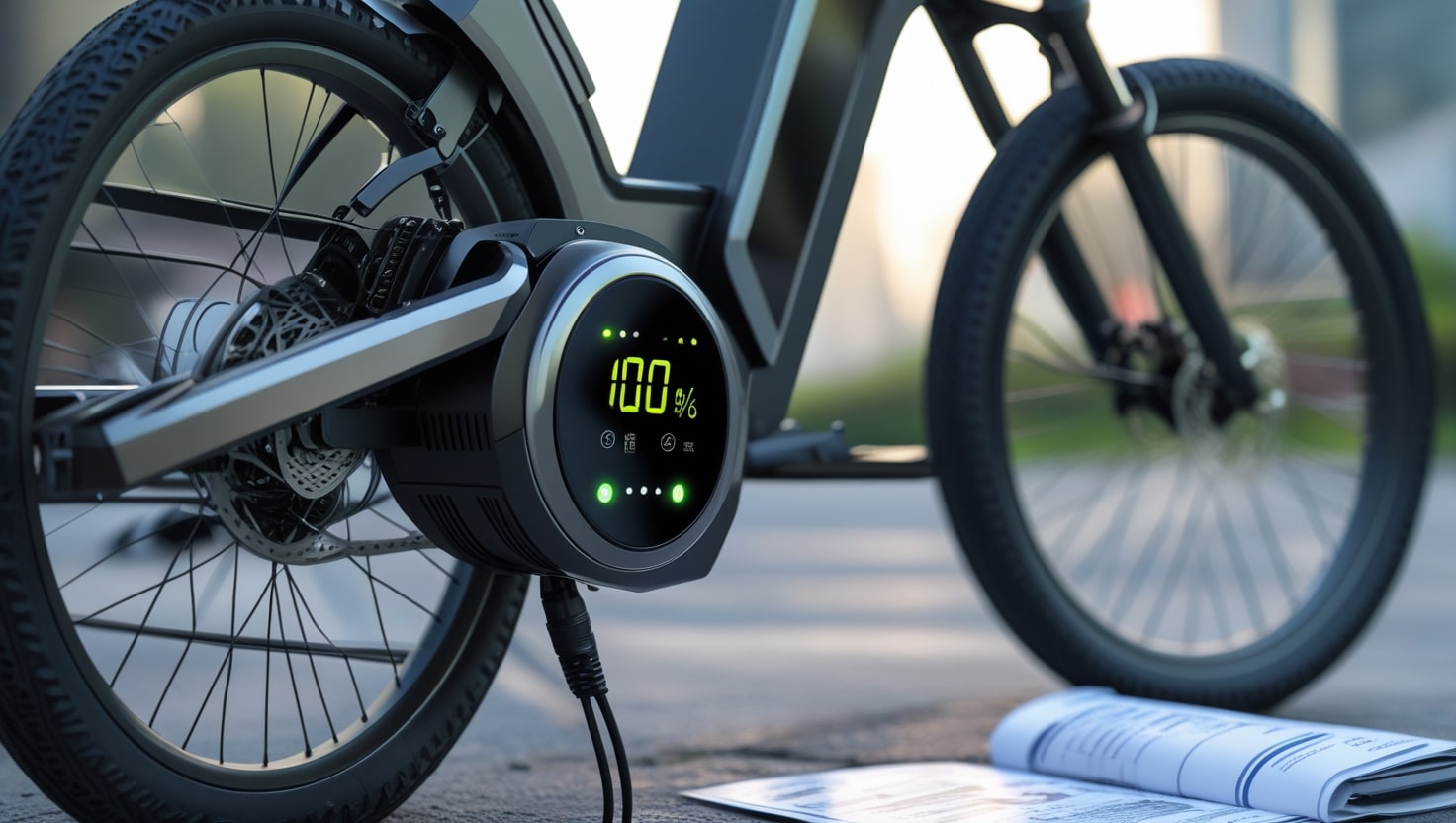As someone who’s been riding for years, I get the temptation—that rush when you twist the throttle and feel the front wheel lift off the pavement, pushing all that power to the rear wheel. That moment can feel like an exciting demonstration of your skills, like something you’d see in viral videos on the internet. But here’s the real question: is doing a wheelie on a motorcycle illegal? The short answer is yes, in most parts of the United States, it is. And the consequences can be much more serious than you might think. You could end up with a traffic ticket, get stopped by a police officer, or even find yourself in handcuffs—just for popping a wheelie.
You see, while pulling off a wheelie might seem like just a harmless stunt, the physics behind it makes it incredibly dangerous. Losing control during the maneuver could easily injure or even kill the rider or others nearby. That’s why many people label it with the characterization of being foolish and reckless. Even if your wheelie is successfully completed, the law doesn’t care. The authorities focus on the dangers, not the thrill. And though some riders defend the move as a form of skillful performing, the broader understanding is that it poses a threat on public roads.
Is doing a Wheelie on a Motorcycle Illegal?
Type “motorcycle wheelie videos” into Google and you’ll see over 1.2 million results pop up in the search engine, which might leave you wondering—what’s the real law around popping a wheelie? From my years riding and chatting with other bikers across different states, I’ve learned that the answer isn’t always written out clearly. Most state laws don’t even mention the word “wheelie” directly in their traffic or criminal codes. Instead, they tend to apply broader reckless driving laws when someone is caught intentionally lifting the front wheel of a moving motorcycle off the ground.
Even though it might not seem serious, in all states, lifting your front tire—even just to show off—can be ruled illegal. You won’t always find a specific clause about wheelies, but doing one can still land you with a fine or even time in a local jail cell. That’s why understanding how the majority of laws work is so important. If you think a cool move will get you likes online, take a closer look at your state’s stance before you try anything.
What causes a wheelie?
A wheelie begins when the rider twists the throttle just right, sending a sudden burst of power to the back wheel. This power can lift the front wheel off the ground, especially on a lightweight motorcycle with a powerful engine and a compact wheelbase.
From my experience, bikes built for agility are easier to handle in these moments. On the flip side, trying to perform a wheelie on a heavy road bike with a long wheelbase usually doesn’t work well—sometimes it’s nearly impossible.
There’s also another technique that uses the clutch more than sheer speed to raise the front tire. This method takes a lot more skill and experience to execute smoothly. No matter which way it’s done, the result is the same: the motorcycle continues moving forward while balanced on the rear tire alone.
What Is A Wheelie?
The wheelie trick happens when a motorcycle rider uses a strong thrust of power to make the front wheel lift off the ground. This sudden motion can feel exciting, but it’s also jolted and unpredictable. I’ve seen riders, even those with great skill, lose control while performing wheelies. Doing one with proper balance takes experience, but that doesn’t make it safe—especially around other motorcyclists and drivers. In many states, this move isn’t permitted because the implications are serious.
There are laws designed to prevent accidents, injuries, and traffic conflicts. The biggest danger of a wheelie is the fact that only one wheel stays on the ground, creating imbalance. This makes it easy to crash, tip over, or even run into someone. Doing a wheelie in public puts everyone at risk—it’s not just about showing off. While trying one at home might seem like a fun idea, doing it on the streets is honestly a stupid decision.
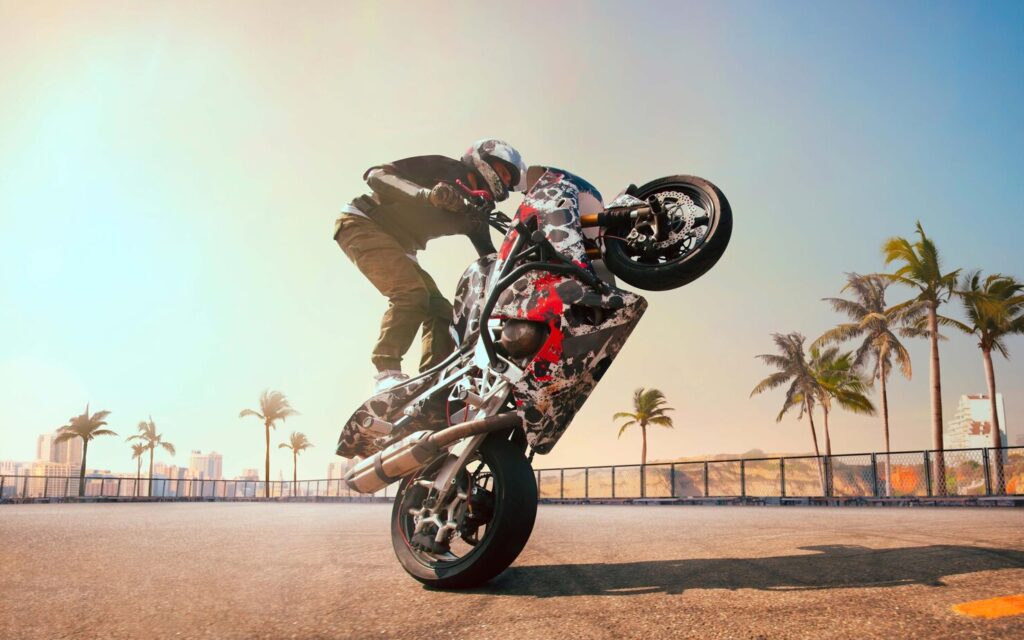
Dangers associated with a wheelie
One major danger when performing a wheelie is losing control of the front wheel, which a rider depends on to steer the motorcycle. Once that front tire leaves the road surface, the ability to guide the bike disappears. Sure, some motorcycles can still track forward in a straight line, but the risk of crashing goes way up without the steering component working properly.
Another important consideration is the dreaded point of no return. Even though modern bikes are pretty balanced, letting riders lean into a turn or a wide curve and still recover to an upright position, there’s a fine line. If the bike leans too far and you’re mid-wheelie, getting it back under control before hitting the ground can be nearly impossible.
A motorcycle may continue to travel backward until you crash if you lean it back to do a wheelie because of your position on the bike or if you use too much throttle force. Wheelies also have the following additional risks:
If your motorcycle isn’t perfectly balanced or tracking in a straight line, trying to pull up on the handlebars to start a wheelie can be dangerous.
Once the front wheel is off the ground, any mistake—like exerting uneven pressure—can make your bike unbalanced and hard to control.
When the position of the bike changes and the front is raised, you’re forced to rely on subtle shifts in weight and strong confidence in your ability to manage direction by transferring your body position just right.
As you lift the front end, the headlight angles into an upward-facing direction, which makes your motorcycle less visible to oncoming vehicles and reduces your ability to see the road and spot obstacles ahead.
After a wheelie, bringing the front end to the ground carries certain additional accident risks. For instance, there may be a severe wobble and crash if the front wheel is not positioned to strike the ground in the same direction as the motorcycle is moving. A motorcyclist may lose control of their motorcycle and crash if they let the front wheel to fall down too forcefully.
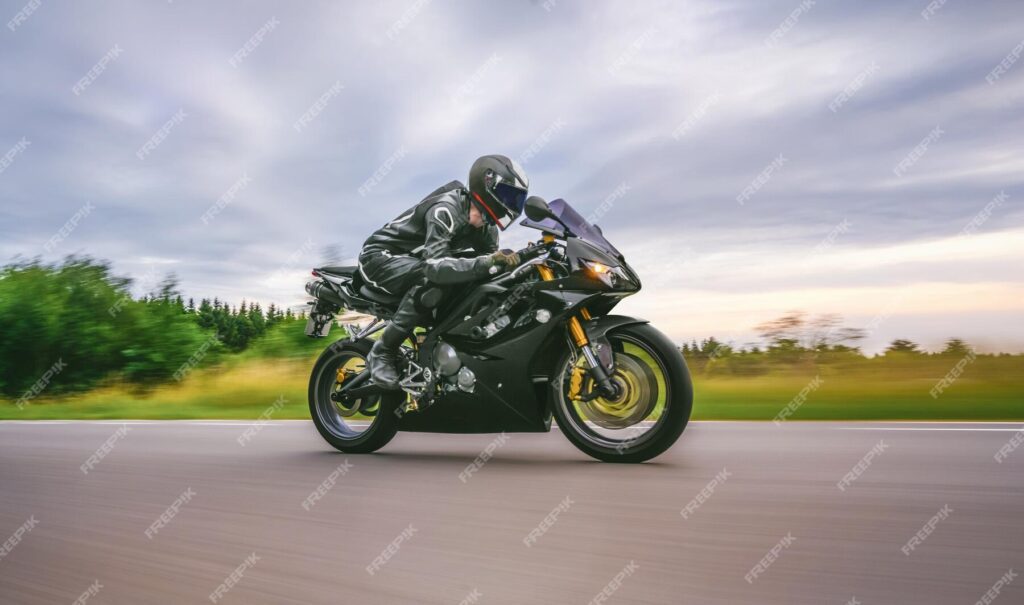
Why are wheelies illegal when nobody else is on the road?
Many state laws treat the intentional lifting of a wheel off the ground as an offense, even when no other people are around. The language in each statute is written to cover a violation based on the act itself, not just the situation. For example, a rider in Tennessee can be charged with reckless driving just for doing a wheelie in a location “generally frequented by the public,” without needing the actual presence of others.
Similarly, Pennsylvania considers it illegal for a person to ride a motorcycle in a position that might interfere with their view, control, or operation of the vehicle, again without requiring someone to be in immediate danger of being harmed.
The general rule in most states is that reckless driving rules are flexible and allow the discretion of law enforcement officers. They can decide whether a rider’s behavior has the potential to cause harm to others or even to public or private property. I’ve known riders who were surprised to get a ticket just for showing off alone.
Are Wheelies Illegal in a Parking Lot?
Many state laws allow police to enforce traffic laws in parking lots that are open to the general public, just like they would on highways. For instance, the California statute on reckless driving clearly states that these violations don’t only apply to roads—they also apply to off-street parking facilities. So even if you’re not on a main road, doing wheelies or any kind of risky maneuver in the wrong location could lead to serious enforcement actions. I’ve seen riders pulled over in open parking lots simply because the type of facility allowed the law to step in.
However, if you’re riding on private property or in a lot that doesn’t offer access to the public, the situation is different. In that case, you may be protected from traffic law enforcement—but not entirely. You still need permission from the owner, or you could be charged with trespassing. It’s smart to check your local laws before attempting any risky maneuvers, even off public roads. Just because a space looks empty doesn’t mean the law can’t reach you—and yes, a wheelie in the wrong spot can still violate the law.
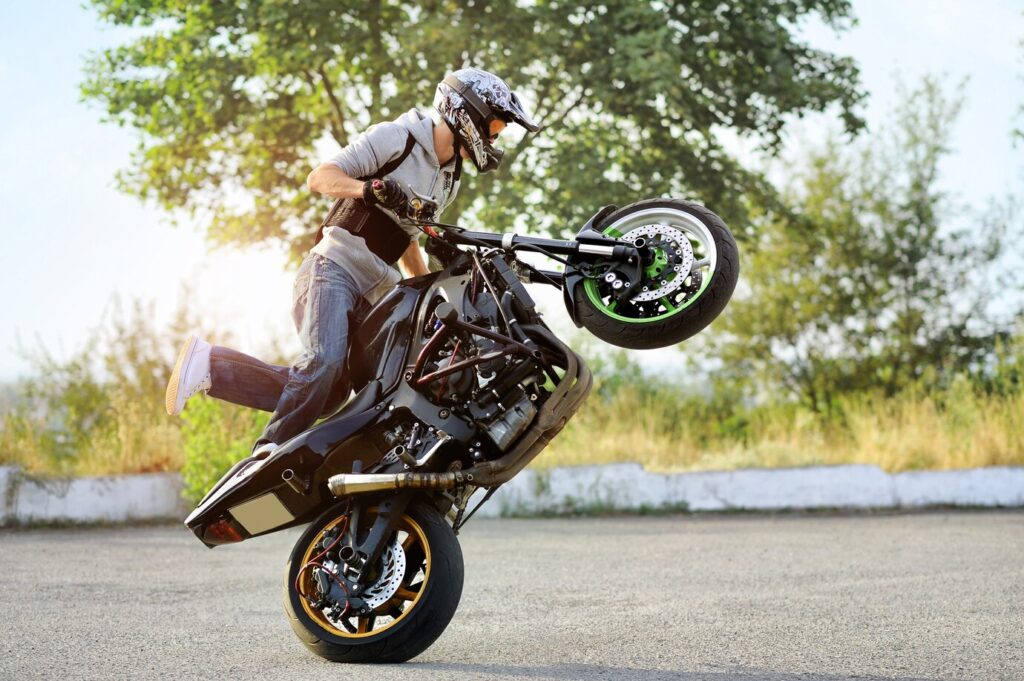
State-by-State Guide to Motorcycle Wheelie Laws
Before you head out and ride across state lines, it’s a smart idea to check your local motorcycle laws—especially if you’re traveling to another state. Every rider should know the equipment and licensing requirements, but more importantly, the rules around wheelies and reckless driving. You could intentionally or even inadvertently violate the law without realizing it. While all states expect motorcyclists to obey the same traffic laws and rules of the road as other motor vehicles on public roads, not every place treats stunt moves the same way.
Only a few states have laws specifically prohibiting stunt riding like doing wheelies. That doesn’t mean you won’t get ticketed or even end up in handcuffs by a police officer if they believe your move fits the definition of reckless driving.
States like Florida, Illinois, Maine, and Tennessee have clear rules prohibiting riding with only one wheel in contact with the ground.
Other states, such as New Hampshire and Pennsylvania, focus on operating a motorcycle in a manner that interferes with your operation, control, or ability to see the road—something police may use when they observe you performing a wheelie.
The remaining states may not refer directly to wheelies, but their laws give law enforcement officers the right to stop, issue tickets, or arrest individuals who are engaging in dangerous behavior. I’ve personally seen riders pulled over simply for lifting the front end, even if they weren’t going fast.
Then there’s Nevada, which takes things a step further. The state added language to its reckless driving law to ban trick riding—not just on city roads, but anywhere on a public highway.
Keep It Safe. Keep It Legal.
If you want to stay safe while riding your motorcycle, focus on obeying the laws and avoiding dangerous behaviors—even if the thoughts of trying to pop a wheelie cross your mind. Before you do anything risky, it’s smart to check out videos on the internet showing other riders whose wheelies didn’t quite end the way they liked. I’ve seen it too often—what starts as fun can go wrong in seconds.
Related: What Are Squids Motorcycle

Misconceptions About the Legality of Wheelies
When people search for wheelies online, they often see millions of results showing motorcyclists doing this flashy trick in viral hits, which makes many Americans believe it’s totally okay to try one anywhere. But the truth is, motorbike driving needs just as much caution as operating any other vehicle, or you could end up arrested. While pulling a wheelie on your street may not be smart or legal, there are safe places like motorbike parks, tracks, and teaching centers designed for professional riding. Some trails, expedition places, and advanced motorcycling zones let bikers ride with higher intensity, making it possible to enjoy the sport without breaking the law.
Prioritizing Safety
Wheelies might look cool in videos, but they’re definitely not for beginner motorcyclists. Pulling off these tricks takes serious effort, practice, and most importantly, a valid motorbike license. Even with proper training, there’s always a risk of getting seriously hurt, especially if an imbalance leads to an accident. Always make sure you’re in a safe area, using proper equipment, and taking all necessary precautions before performing any motorcycling stunts. Also, take time to learn the law details in your state—do the research before hitting the road, because your safety, and the safety of others, is way too important to overlook.

